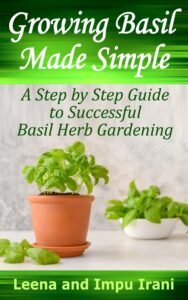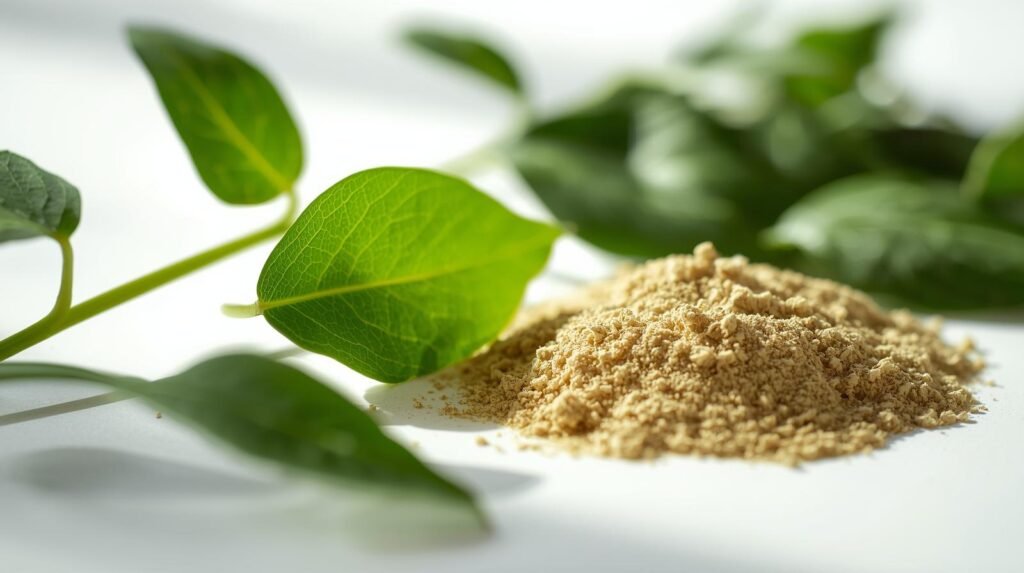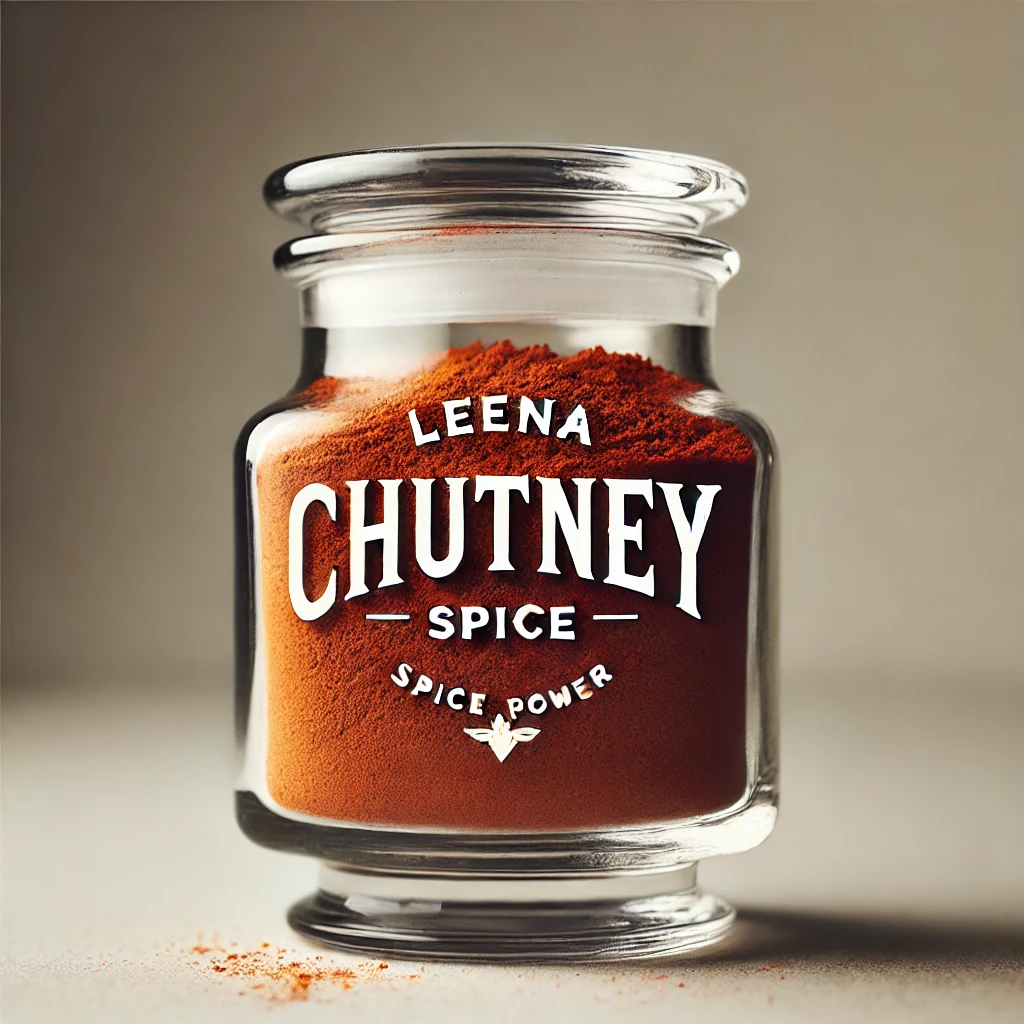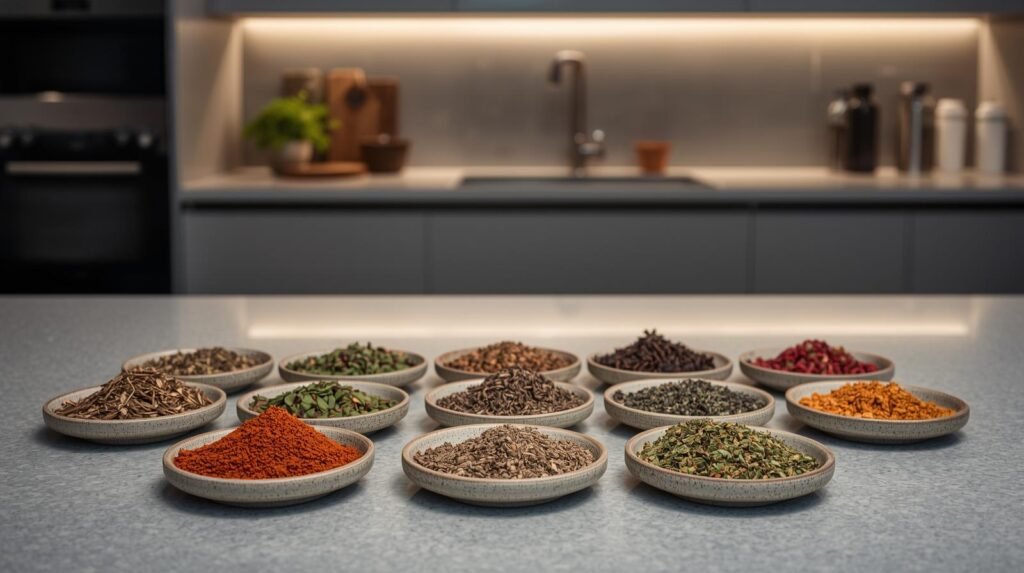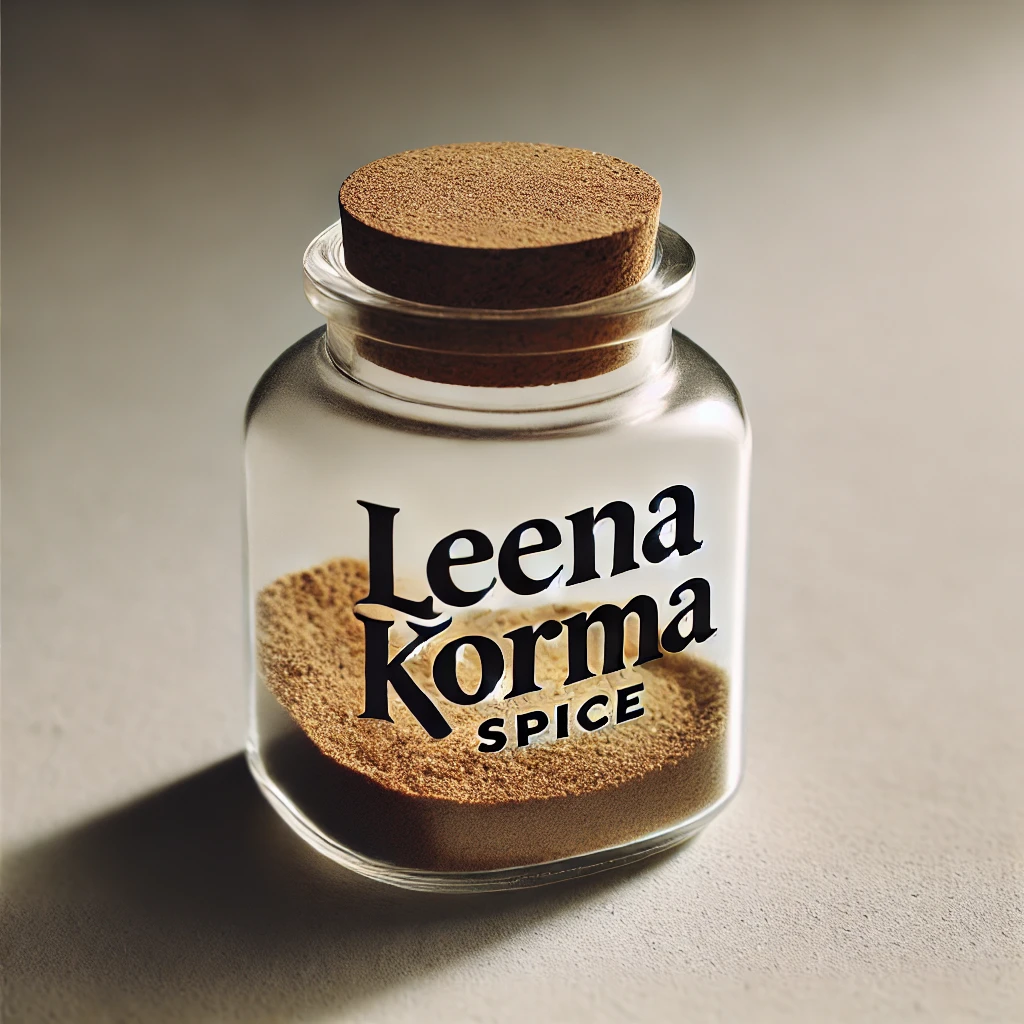Traditional Chinese Postpartum Care: 5 Birth Masala Teas for Sitting the Month (Zuò Yuè Zi)
Table of Contents
- Introduction: Nourishing Herbal Teas for Sitting the Month
- Key Takeaways
- What Is “Sitting the Month” (Zuò Yuè Zi) and Why Is It Important in Chinese Culture?
- How Long Is the Traditional Sitting the Month Confinement Period?
- What is the cultural significance of sitting the month?
- Why Herbal Teas Are Important During Zuò Yuè Zi
- Birth Masala: The Postpartum Spice Blend
- Top 5 Birth Masala Herbal Tea Recipes
- 1 Nettle Birth Masala Tea
- 2 Red Raspberry Leaf Birth Masala Tea
- 3 Chamomile Birth Masala Tea
- 4 Oat Straw Birth Masala Tea
- 5 Ginger Birth Masala Tea
- Serving Tips and Precautions for Postpartum Teas
- Frequently Asked Questions (FAQs)
- Conclusion: Restoring Strength and Balance with Herbal Teas
Nourishing Herbal Teas for Sitting the Month: Boost Recovery with Birth Masala
The postpartum period is a critical time for a new mother’s recovery, and in Chinese culture, this is observed through the time-honored practice of zuò yuè zi (坐月子), or “sitting the month.” During this month-long period, rest, warmth, and proper nutrition are considered essential to restore energy, support lactation, and protect long-term health.
One of the most cherished elements of sitting the month is herbal tea, often combined with a specially crafted Birth Masala. These teas are designed to enhance digestion, boost immunity, support milk production, and provide gentle warmth, aligning with the principles of Traditional Chinese Medicine (TCM). From nutrient-rich nettle and iron-supporting red raspberry leaf to calming chamomile and circulation-boosting ginger, each tea is carefully curated to meet the unique needs of postpartum mothers.
Key Takeaways: Birth Masala Herbal Teas for Sitting the Month
What is sitting the month (zuò yuè zi)?
Sitting the month is a traditional Chinese postpartum practice where new mothers rest, eat nourishing foods, and follow specific routines for about 30–40 days to recover physically and emotionally.
Why are herbal teas important during this period?
Herbal teas provide warmth, restore energy, support digestion, enhance lactation, and help rebalance the mother’s body according to Traditional Chinese Medicine principles.
What is Birth Masala and why is it used?
Birth Masala is a warming blend of spices designed to aid digestion, boost circulation, and enhance the benefits of postpartum herbal teas.
Which herbal teas are most beneficial for sitting the month?
Popular choices include nettle tea (nutrient-rich), red raspberry leaf tea (uterus-toning), chamomile tea (calming and digestive), oat straw tea (nervous system support), and ginger tea (circulation and digestion).
How should these teas be consumed safely?
One to two cups daily is generally recommended. Always consult a doctor or TCM practitioner, especially when breastfeeding or after a C-section, and start with small amounts when trying new herbs.
Can these teas be sweetened?
Yes, natural sweeteners like honey, jaggery, or red dates are safe in moderation and complement the warming, nourishing effects of the teas.

What Is "Sitting the Month" (Zuò Yuè Zi) and Why Is It Important in Chinese Culture?
How Long Is the Traditional Sitting the Month Confinement Period?
The traditional sitting the month period (zuò yuè zi, 坐月子) usually lasts about 30 days, reflecting one full lunar cycle. In many regions, this confinement is extended to 40 days, allowing mothers extra time to recover fully.
However, customs vary. Some families and regions stretch the practice to six weeks or even 100 days, especially if the mother’s health is fragile or if cultural beliefs emphasize a longer recovery.
Regardless of the exact length, the underlying principle remains the same: this is a critical window of rest and nourishment, ensuring the mother regains her strength, restores balance, and prevents long-term health problems after childbirth.
Duration of Sitting the Month (Zuò Yuè Zi)
Duration | Common Use | Reason/Influence |
30 days | Most common length | Matches one lunar cycle; traditional baseline for recovery. |
40 days | Widespread in many regions | Provides additional rest and nourishment; often advised for slower recovery. |
42 days (6 weeks) | Sometimes practiced | Aligns with modern medical postpartum check-up period. |
100 days | Less common, practiced in certain regions or families | Believed to ensure complete restoration of health and prevent long-term illness. |
What is the cultural significance of sitting the month?
- Extended Rest – Avoiding strenuous activity and often remaining indoors.
- Keeping Warm – Staying covered, avoiding cold air or water, and refraining from bathing or washing hair in traditional settings.
- Specialized Diet – Consuming warming, nourishing foods such as broths, herbal soups, and dishes designed to replenish energy and boost milk production.
- Restrictions – Avoiding raw or “cold” foods, icy drinks, or exposure to cold environments that could hinder recovery.
- Maternal Well-being – Protecting the mother’s health not only for the present but also for her long-term strength and resilience.
- Family Support – Reinforcing family bonds, as mothers, mothers-in-law, and relatives often play central roles in caregiving.
- Cultural Continuity – Preserving and passing on traditional wisdom and practices, even as modern adaptations emerge in urban centers and diaspora communities.
Related Posts You May Like
Birth Masala Secrets: Traditional Postpartum Spice Blend for Recovery, Lactation & Immunity
How do I make Homemade Birth Masala? 1 Easy Step
The Ultimate Guide to Birth Masala 7 Essential Benefits for New Mothers
12 Healing Zuo Yuezi Soups with Medicine Curry Birth Masala for Modern Postpartum Care
What are the Common Herbal Teas for Sitting the Month period?
Common Herbal Teas for the Sitting the Month Period
During zuò yuè zi (坐月子), warm and nourishing drinks are an essential part of recovery. Herbal teas, often paired with Birth Masala, are valued for their ability to restore energy, support digestion, and aid lactation, all while aligning with the tradition’s emphasis on warmth and healing.
Important Note: Always consult a healthcare professional or Traditional Chinese Medicine (TCM) practitioner before using herbal teas, especially if breastfeeding or taking medications.
1. Nettle Birth Masala Tea
- 1 teaspoon dried nettle leaves
- ½ teaspoon Birth Masala (reduce carom seeds to ¼ tsp to avoid overpowering)
- 1 cup hot water (not boiling, about 185°F / 85°C)
- Optional: 1 teaspoon honey or jaggery for natural sweetness
- Place nettle leaves and Birth Masala in a tea infuser or muslin bag.
- Steep in hot water for 8–10 minutes.
- Remove the infuser, stir in honey or jaggery if desired, and enjoy warm.
2. Red Raspberry Leaf Birth Masala Tea
Why It’s Beneficial
Red raspberry leaf is traditionally valued for its ability to tone the uterus, ease cramps, and support iron levels all important during postpartum recovery. When combined with Birth Masala, the tea also stimulates circulation and aids digestion, staying true to zuò yuè zi’s emphasis on warmth and nourishment.
Ingredients (1 serving):
- 1 teaspoon dried red raspberry leaf
- ½ teaspoon Birth Masala
- 1 cup hot water
- Optional: ½ teaspoon chopped red dates (for additional blood-building support)
Preparation:
- Add raspberry leaf, Birth Masala, and red dates (if using) to a teapot.
- Pour hot water over the mixture and steep for 10–12 minutes.
- Strain into a cup and enjoy warm.
Serving Tip: Best enjoyed after lunch to promote digestion and support uterine recovery. Complements well with a ginger-based soup for added warmth.
Precaution: Begin with small servings (about ½ cup) to ensure tolerance, especially for mothers recovering from a C-section, as raspberry leaf may cause mild uterine stimulation.
3. Chamomile Birth Masala Tea
Why It’s Beneficial
Chamomile is well known for its ability to calm the nerves, improve sleep, and ease digestion all of which are valuable for postpartum mothers. Since chamomile has a mild cooling nature, Birth Masala is added to restore warmth and balance, making the tea suitable for zuò yuè zi.
Ingredients (1 serving):
- 1 teaspoon dried chamomile flowers
- ¼ teaspoon Birth Masala (use lightly, with less turmeric for a gentler blend)
- 1 cup hot water
- Optional: ½ teaspoon warm almond milk for a creamy texture
Preparation:
- Place chamomile and Birth Masala into a tea strainer.
- Steep in hot water for 5–7 minutes.
- Add warm almond milk if desired, stir, and sip while warm.
Serving Tip: Ideal as a bedtime tea to encourage relaxation and restful sleep. Enjoy alongside a small black sesame snack for added calmness and nourishment.
Precaution: Avoid if allergic to ragweed, as chamomile belongs to the same family. Watch for any changes in your baby’s behavior, as sensitivities can sometimes pass through breast milk.
4. Oat Straw Birth Masala Tea
- 1 teaspoon dried oat straw
- ½ teaspoon Birth Masala
- 1 cup hot water
- Optional: 1 teaspoon goji berries (adds antioxidants and natural sweetness)
- Place oat straw, Birth Masala, and goji berries in a teapot.
- Pour hot water and steep for 10–15 minutes.
- Strain and drink while warm.
5. Ginger Birth Masala Tea
Why It’s Beneficial
Ginger is one of the most valued postpartum herbs for its ability to stimulate digestion, reduce bloating, and improve circulation. These qualities make it particularly helpful for mothers recovering from a C-section, as circulation and digestive comfort are key to healing. The Birth Masala blend enhances ginger’s natural warmth, creating a deeply restorative tea.
Ingredients (1 serving):
- ½ teaspoon Birth Masala (ginger-forward; reduce added ginger if the blend is strong)
- 1 thin slice fresh ginger (optional for an extra kick)
- 1 cup hot water
- Optional: 1 teaspoon jaggery for gentle sweetness
Preparation:
- Add Birth Masala and fresh ginger (if using) to hot water.
- Simmer gently for 5 minutes, then let steep for another 5 minutes.
- Strain, stir in jaggery if desired, and sip while warm.
Serving Tip: Best enjoyed after meals to ease digestion and enhance warmth. Complements a simple warm egg dish, often recommended during zuò yuè zi.
Precaution: Limit to one cup daily, as excessive ginger or turmeric may cause heartburn in sensitive mothers.
Frequently Asked Questions (FAQs)
Can I drink Birth Masala herbal teas while breastfeeding?
Yes, most of these teas are safe for breastfeeding mothers when consumed in moderation. However, it’s best to consult your doctor or a Traditional Chinese Medicine (TCM) practitioner if you have concerns, especially if using herbs like red raspberry leaf or chamomile for the first time.
How often should I drink these teas during sitting the month?
One to two cups daily is generally sufficient. Listen to your body and adjust according to your energy levels and digestive comfort. Avoid excessive intake of warming herbs like ginger or turmeric.
Can I substitute ingredients if I don’t have them?
Mild substitutions are possible, but try to stay close to the original herbs and spices to maintain the tea’s benefits. For example, if oat straw isn’t available, a gentle green herbal tea may work, but it won’t provide the same postpartum-specific nutrients.
Can I drink these teas if I had a C-section?
Yes, these teas are generally safe and supportive of healing after a C-section. Start with small servings and avoid overly strong or concentrated teas to prevent stomach discomfort.
How do I store Birth Masala and dried herbs?
Store all ingredients in airtight containers in a cool, dark, and dry place. This preserves their flavor, potency, and medicinal properties for longer periods.
Can I sweeten the teas?
Yes, small amounts of natural sweeteners like honey, jaggery, or dates are fine. Avoid refined sugar, as it can counteract the warming and nourishing effects of the teas.
Conclusion
Herbal teas blended with Birth Masala offer a gentle, effective way to support mothers during the sitting the month (zuò yuè zi) recovery period. From boosting energy and aiding digestion to promoting lactation and emotional well-being, these teas honor centuries-old postpartum traditions while providing practical nourishment for modern mothers. By incorporating warming, nutrient-rich ingredients like nettle, red raspberry leaf, chamomile, oat straw, and ginger, you can create a daily ritual that nurtures both body and mind, helping new mothers regain strength and balance after childbirth. Enjoy these teas mindfully, consult a healthcare professional when needed, and let this calming practice become a cherished part of your postpartum wellness journey.

